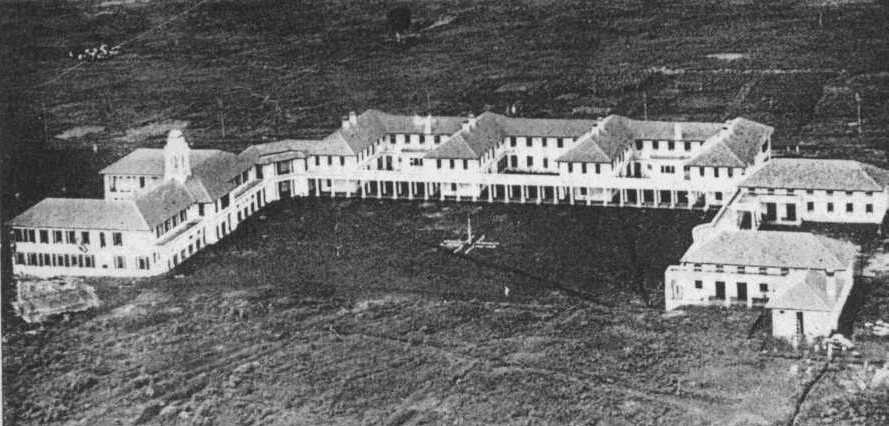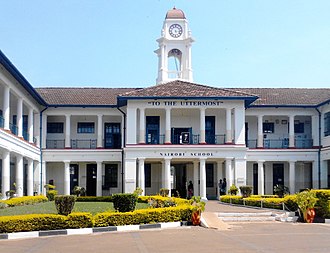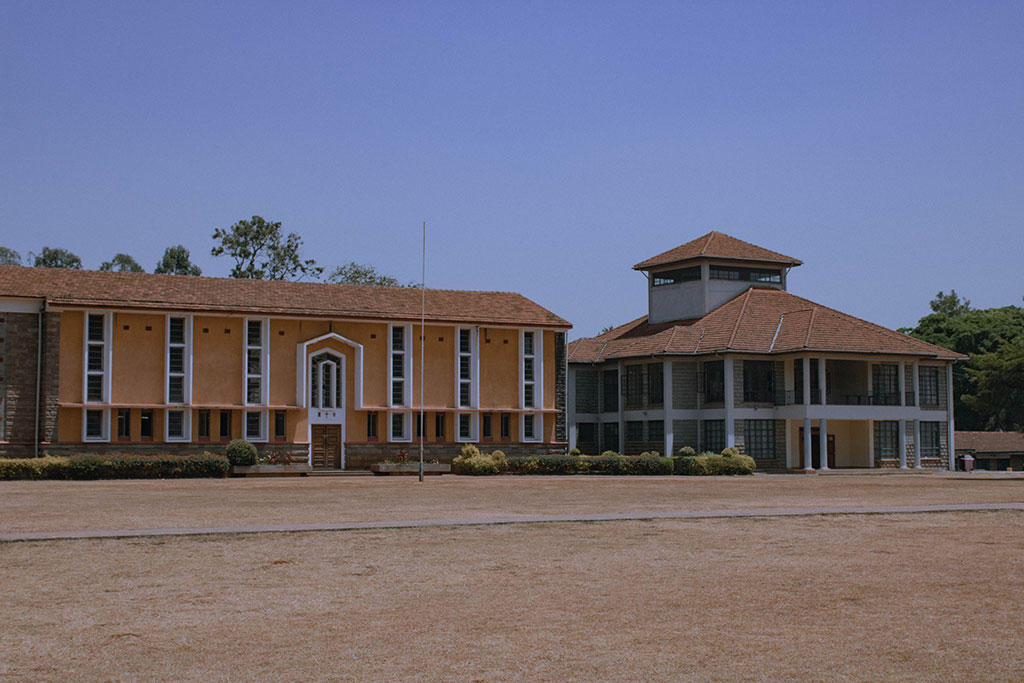 PQR8+7C7, Waiyaki Way, Nairobi
PQR8+7C7, Waiyaki Way, Nairobi info@nairobischool.ac.ke
info@nairobischool.ac.ke
Official Opening Hours : Monday to Friday - 8 AM to 5 PM
Official Opening Hours : Monday to Friday - 8 AM to 5 PM
On 24 September 1929 the foundation stone was laid by Sir Edward Grigg, Governor of Kenya colony, for a school with a capacity of 80 boys. Under the stone was preserved a copy of the newspaper of the day. The School opened in 1931, not only for the 80 boys it was designed, but with 84 boarders and 20-day boys. The headmaster felt the old name 'Kabete Boys Secondary School' was too clumsy and it was given the name 'Prince of Wales School', with the Prince of Wales feathers inserted between the horns of a Royal Impala as the School badge, accompanied by the school motto "TO THE UTTERMOST".
Enrolment proved higher than initially anticipated, requiring new classrooms. Due to a general shortage of cement, the first wooden classrooms were erected around 1938. The School population increased further because of the Second World War and the Kenya Governor authorised the building of corrugated iron dormitories (the group of buildings that later became Intermediate/Fletcher House – the current Music Room). It was called 'Lacey's Landies'. The effects of the war were felt more when the Italians joined in June 1940, including the fear of bombing, and it was made a day school. In June 1940, a military hospital took over the buildings and the students were moved back to the European Nairobi School (the present Nairobi Primary School.)
During the Christmas break of 1941, the whole school came back to Kabete, and the space at the European Nairobi School was taken over by the Girls' Secondary School. In 1942, European education was made compulsory and enrolment increased so much that new temporary classrooms were needed. The wooden classrooms were erected as a "temporary wartime measure." Clive, Grigg, Hawke and Rhodes Houses (the only four houses at the time) were all accommodated in the permanent building adjacent to the tuition block. Today those are two houses, known as Marsabit and Elgon. The period 1943 to 1944 saw the Rhodes/Nicholson complex being built, which is the Serengeti and Athi Houses complex today. A Sanatorium and School Hall were constructed in 1945. A sister school, the Duke of York school (today, Lenana School) was founded in 1948.
This is a view of the Administration Block from the back. The open space is the School's Quadrangle.
Today the school, named after Kenya's capital, is one of the leading National Schools in the country. Nairobi School sits on over 80 ha (200 acres) of land about 11 kilometres from the city centre and has over 1100 students currently enrolled. The current Chief Principal is Mr. Caspal Momanyi Maina. He came from Kisii School still a principal of the institution.

Prince of Wales School Circa 1932

Nairobi School, date unknown

The administration block with the school motto emblazoned on it.

This photo, taken from the Quadrangle, shows the School Chapel.
To The Uttermost.
To provide of high quality education, through innovation, positive influence, team-work and self discipline; guided by the principles of professionalism, commitment and excellence.
To be a world-class centre of academic, spiritual and moral excellence.